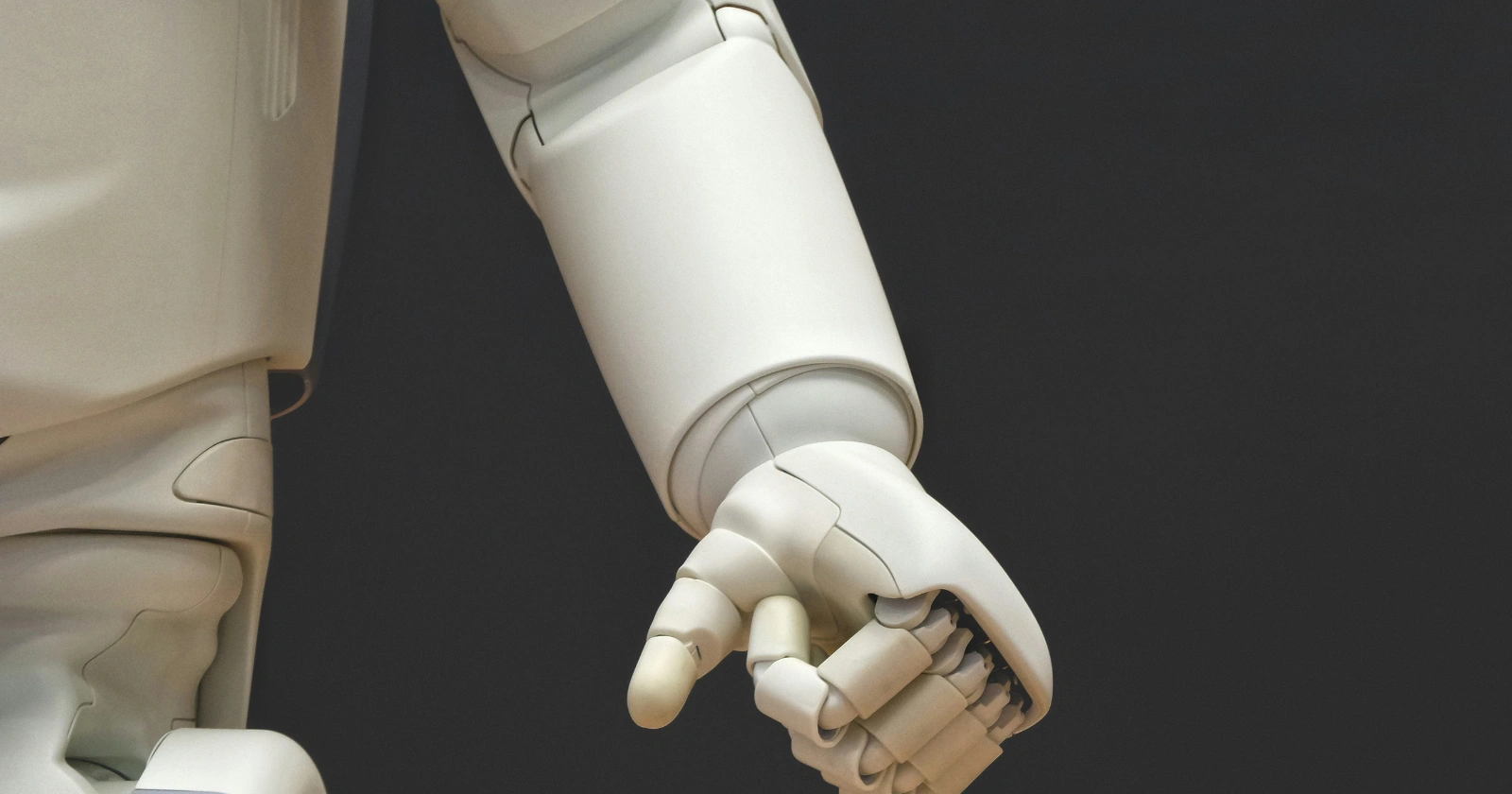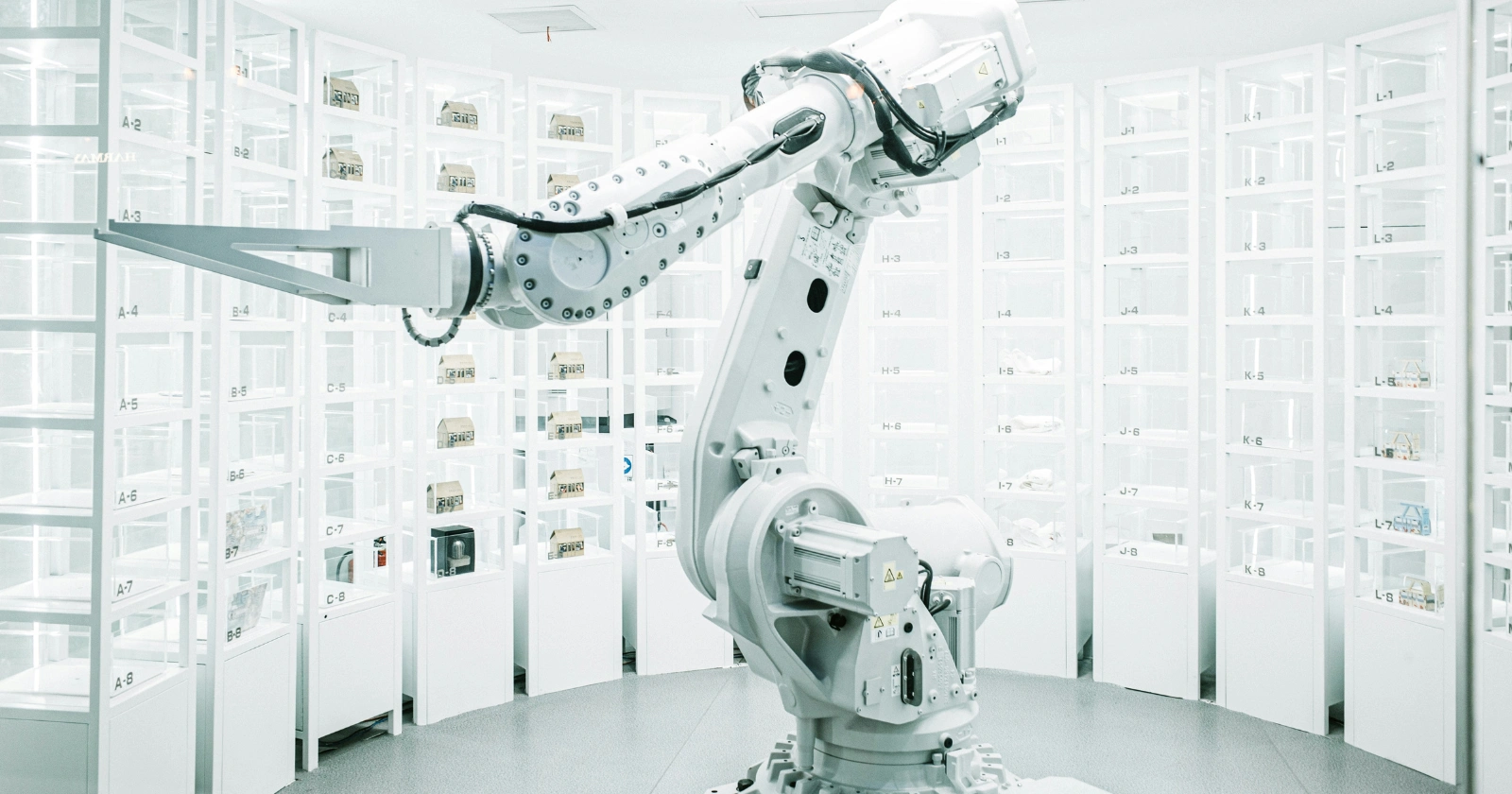SAN JOSE, Calif. — Imagine a world where a robot steps into your kitchen, rinses a dish under the faucet, loads it into the dishwasher, and then folds a pile of fresh laundry without missing a beat. That vision edged closer to reality on October 9, 2025, when Figure AI unveiled Figure 03, its third-generation humanoid robot. Standing at 5 feet 6 inches and weighing just 132 pounds, this machine blends human-like dexterity with cutting-edge artificial intelligence, promising to handle everything from mundane home tasks to demanding industrial jobs.
The announcement, detailed on the company’s website (figure.ai/news/introducing-figure-03), marks a pivotal shift for the San Jose-based startup. Founded in 2022, Figure AI has raised over $1 billion in funding, achieving a post-money valuation of $39 billion as of September 2025. Backed by heavyweights like Nvidia, Microsoft, Jeff Bezos, and former OpenAI collaborators, the firm is betting big on humanoids that learn and adapt like people, not just execute rigid commands.
A Leap in Design: From Factory Floors to Family Kitchens
Figure 03 builds on its predecessors—Figure 01, which took its first steps in 2023, and Figure 02, shipped to commercial clients in December 2024—with a full redesign focused on everyday usability. Unlike earlier models optimized for controlled environments, this iteration confronts the chaos of real homes: cluttered counters, narrow doorways, and unpredictable obstacles.
At its core is Helix, Figure’s proprietary vision-language-action AI model. Ditching partnerships with OpenAI earlier this year, the company developed Helix in-house to enable real-time reasoning and task execution without scripted prompts. In demonstration videos, Figure 03 waters houseplants, serves meals at a dinner table, tidies rooms, and even delivers packages with fluid motions. CEO Brett Adcock emphasized in a TIME Magazine interview that “nothing in this film is teleoperated,” underscoring the robot’s autonomous operation.
Safety takes center stage in the home-focused upgrades. The robot’s exterior features multi-density foam padding to guard against pinch points and impacts, wrapped in soft, washable textiles that mimic casual clothing. Users can swap covers or add customizable outfits—think durable, cut-resistant fabrics for rugged settings—without tools. At 9% lighter and more compact than Figure 02, it glides through tight spaces more easily, reducing the risk of collisions.
Power management reflects this practicality. A single charge lasts up to five hours, and inductive coils in the robot’s feet allow it to recharge by simply stepping onto a wireless pad at 2 kW. Multiple safety layers in the battery system, certified to UN38.3 standards, prevent malfunctions during extended use.
Hands That Feel: Precision Meets Sensitivity
What sets Figure 03 apart is its redesigned hands, engineered for tactile finesse. Each fingertip houses custom sensors detecting forces as light as three grams—comparable to the weight of a paperclip. Softer, adaptive tips expand surface contact for stable grips on irregular shapes, from fragile glassware to slippery fabrics.
Embedded palm cameras provide close-range vision, capturing wide-angle views even when the robot’s main sensors are blocked, like inside a cabinet or under a sink. These feed into Helix for instantaneous adjustments, enabling dexterous maneuvers in confined areas. The overall vision system doubles frame rates, slashes latency by 75%, and widens fields of view by 60%, all in a sleeker package.
Audio enhancements further humanize interactions. A speaker four times more powerful than Figure 02’s pairs with repositioned microphones for clearer speech-to-speech dialogue, making commands feel like natural conversation.
Scaling for the Workforce: Beyond Domestic Duties
While homes are a key target, Figure 03 shines in commercial arenas, where its advancements solve real-world inefficiencies. Actuators deliver twice the speed and torque density of prior models, accelerating pick-and-place operations on assembly lines or in warehouses. The tactile hands excel at handling diverse materials, from sheet metal shards to deformable bags, minimizing errors in high-volume settings.
Fleet operators gain practical perks: 10 Gbps mmWave data offloading for terabyte-scale uploads during breaks, fueling continuous AI learning. Side screens allow branding customization, and uniform options ensure adaptability to harsh environments. Inductive charging supports near-24/7 uptime, with the robot docking autonomously between shifts.
Figure’s master plan envisions these machines tackling “unsafe and undesirable” roles, from hazardous deliveries to repetitive labor, freeing humans for more fulfilling work. Demos show Figure 03 as a restaurant waiter or package handler, navigating crowds with ease.
| Feature | Figure 02 (2024) | Figure 03 (2025) |
|---|---|---|
| Height/Weight | 5’6″ / ~150 lbs | 5’6″ / 132 lbs (9% lighter) |
| AI System | OpenAI-integrated | In-house Helix (real-time reasoning) |
| Vision Upgrades | Standard cameras | 2x frame rate, 1/4 latency, 60% wider FOV |
| Hand Sensors | Basic tactile | 3g sensitivity, palm cameras |
| Charging | Wired | Wireless inductive (2 kW via feet) |
| Battery Life | ~4 hours | Up to 5 hours |
| Primary Focus | Industrial prototypes | Homes, commercial, mass production |
This table highlights key evolutions, drawing from Figure AI’s official specs and prior model comparisons.
The Road to Mass Production: Building an Ecosystem
Figure 03 is no lab curiosity—it’s the first humanoid engineered for high-volume output. Traditional prototypes relied on costly CNC machining; this model embraces die-casting, injection molding, and stamping to slash costs dramatically as production ramps.
Central to this is BotQ, Figure’s in-house facility launching with capacity for 12,000 units annually and a goal of 100,000 over four years. A revamped supply chain vertically integrates critical components like actuators and batteries, partnering globally for quality at scale. An internal manufacturing execution system ensures traceability, boosting reliability.
The company plans initial deployments to select partners in 2026, with Adcock eyeing full home autonomy by year’s end—a “big push,” as he told TIME. Pricing remains under wraps, but lower build costs signal affordability ahead.
Navigating Challenges: Jobs, Ethics, and the Human Touch
As humanoids like Figure 03 advance, so do debates. Critics worry about job displacement in service and manufacturing sectors, echoing broader AI anxieties. Figure counters that these robots target drudgery, potentially elevating human roles—yet experts at upcoming RoboBusiness 2025, set for next week in Santa Clara, will dissect safety, performance, and ethical integration. Sessions on actuation and behavioral science underscore the need for machines that collaborate, not compete.
Competitors like 1X Technologies’ NEO Gamma and Tesla’s Optimus loom large, but Figure’s home-centric push and rapid iteration—earning a 2024 RBR50 Innovation Award—position it as a frontrunner. TIME has already crowned Figure 03 among 2025’s best inventions, a nod to its potential.
In the end, Figure 03 is more than metal and code; it’s a glimpse of companionship in an aging world, where robots shoulder chores so people pursue passions. As Adcock puts it, this could lead to “happier, more purposeful lives.” With billions fueling the charge, the question isn’t if humanoids will arrive, but how soon they’ll feel like family. For now, Figure AI invites the world to watch—and perhaps, prepare to share the sink.



